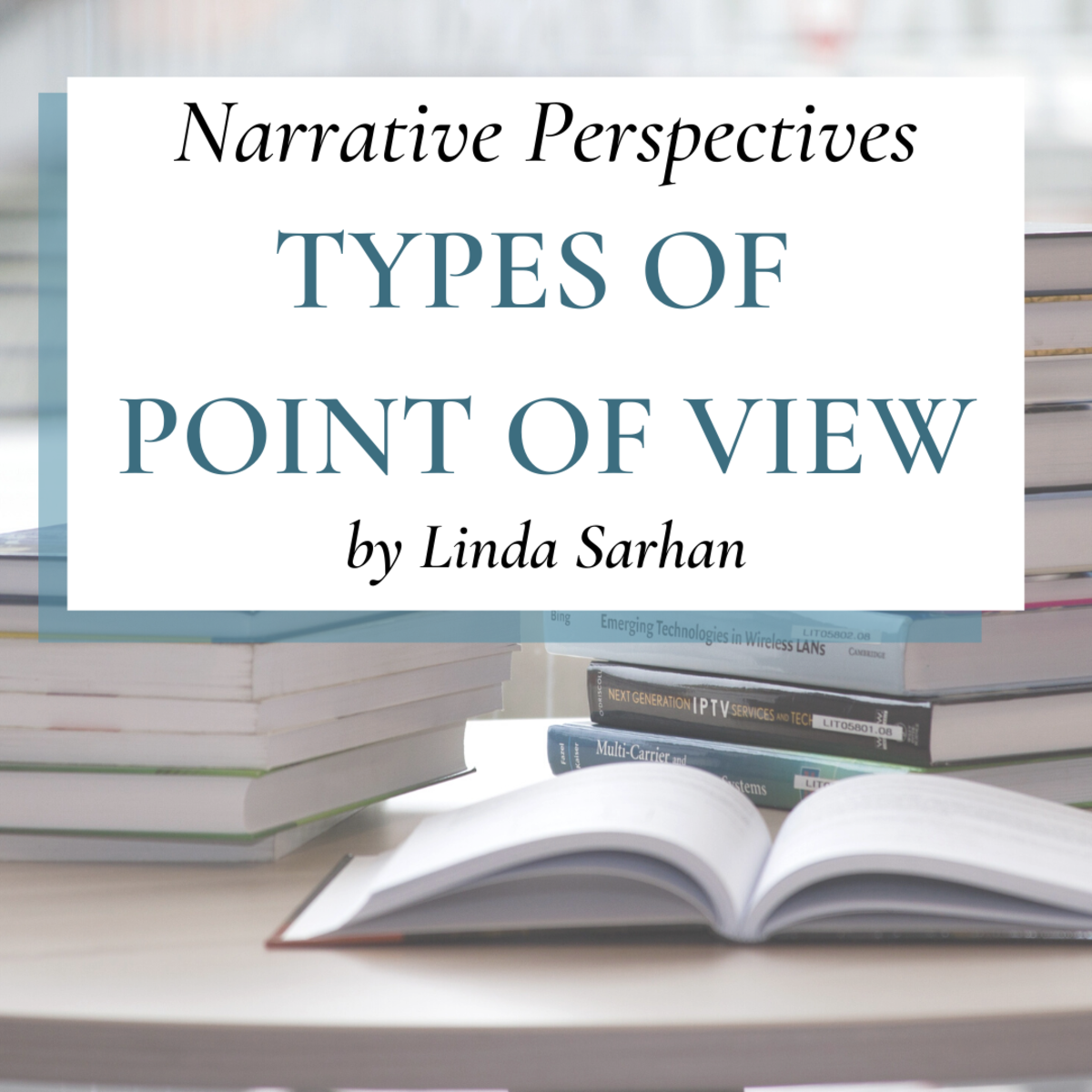Write a Story with Five Easy Plot Points

If two movies seem to be similar in certain aspects it is because they probably are. Many times the same scenes appear to be in movies with only different faces to set them apart. This is because for each story there are principles involved with getting an audience to root for the protagonist or main character of the story. These scenes and what the protagonist faces in them make up the story's plot.
Forming a moving plot for a character can be very challenging. Many writers look at the blank pages ahead and wonder where to begin. Some will simply get started writing thinking they will figure it out as they go, but that is a waste of time and talent. There are many techniques for creating a plot. In fact most stories are based on five specific plot points that are invaluable for a writer to understand if they are going to make it in show business.
Plot Point Number One: The Protagonist's Mundane Life Gets Kicked in the Teeth
Sometime in the first twenty pages of a script there should be a moment where the introduced protagonists have their lives turned inside out. The audience has met them, seen the status quo of their daily lives and now it is time to spice it up with an event that will lead them into a great story. It is imperative that this scene is structured into a script as soon as possible. If it were to happen thirty pages in, the audience would be left to wonder by page fifteen where any of the information being given to them is going. The story will appear to be wandering without purpose.
This moment is called the Point of Attack or Inciting Incident. It can either happen directly to the main character or indirectly. Such as a film like Seven, or any detective story, the police show up after the event has already taken place. The point of attack indirectly took place and now they are at the scene of the crime determining where to go from there. This one murder will take them down a path that will lead to several more. However, most inciting incidents take place onscreen and happen directly to the protagonist such as Agent Starling being assigned to interview Dr. Lecter and Maverick being given the chance to go to the Top Gun flight Academy.
German terrorists hold a corporate Christmas party hostage, a boy is bit by a mutant spider, or Gandalf says it is time to go on a journey. The Inciting Incident/Point of Attack must propel protagonists out onto the open road of life whether they want to go or not.
Plot Point Number Two: The Point of No Return
So what if the character decides to try something new with his life or is forced out of his daily habit a little. Nothing is really at stake yet because he still has the ability to turn back at any time. There needs to be a point in the story where the character becomes Locked In. There is no going back. Once again sometimes characters will be willing and sometimes they will still be trying to get out of the situations. In Conan The Barbarian, Conan is charged by King Osric to kill Thulsa Doom and he goes willingly, out of desire, for revenge. In Collateral, learning that Vincent is a hitman traps Max into driving him to each of his victims. Either way for them both there is no going back.
The best writers will give their protagonists no choice, but to move forward somewhere within twenty pages to sixty pages of their screenplays.
Plot Point Number Three: Time for a Game-Changer
The story's First Culmination happens near the mid-point climax of the film somewhere between pages fifty and eighty. By this time the protagonist is Locked-In to the story and has tried something that has either lead him to success, failure, or a bit of both. He may learn some new shocking piece of evidence that will cause him to rethink every step he has taken so far. Gittes gets suspicious when he is hired by Evelyn Mulray after almost having his nose cut off in Chinatown. Max's best friend becomes a victim of the Toecutter's gang in Mad Max.
The trick to the First Culmination is that is makes the character evaluate the circumstances and take a different approach to life. Gittes realizes that Elelyn may be a suspect; Max decides to leave the police force. What have they been trying all along that worked for them or failed that now must change?
Plot Point Number Four: Does the Character Feel High or Low?
The Second Culmination or Act II Climax should throw the characters into a state of major change and usually takes place between page seventy or one hundred. They have had it in them since the beginning, but now the change will begin to manifest itself. Such as in Mad Max when Max's family is killed by Toecutter. Now instead of trying to live a life of non-violence this already dangerous cop becomes a bloody vigilante. A troupe of misfit kids finds the source of their wildest dreams when they finally reach the fabled pirate ship of One-Eyed Willy in The Goonies.
If the character has not been forced to make a change yet in the plot then he must be made to make a change now so that he will become self-aware of this change in the third act and thus complete his character arc.
An old rule states that the first culmination, second culmination, and the character arc that takes place in the third act should mirror each other. If the character feels low with the first then he should feel high with the second and low again with the third. Characters should win, lose, win or be happy, sad, happy. This is called mirroring and it can be confusing. Of course, this technique is useful to a writer and stories where the protagonist gets nothing but sad, sad, sad can be unfulfilling, but the purpose of any story is to take a character through hell and bring him out a again (or leave him there in some rare cases). A lose, lose, win is perfectly acceptable and sometimes very satisfying for the audience.
Plot Point Number Five: A Complete Surprise
Hopefully at the end of a story something unexpected will happen that no one could see coming and hopefully the whole story is not hanging on this one event. This is the story's twist. At the end of The Wicker Man, Sergeant Howie learns that he, not the missing girl, is the intended sacrifice in a pagan ceremony. In Hot Fuzz, another policeman, Sergeant Angel learns that every important member of the village is in on the murders. It can also be as simple as T-1000 being melted back together after being broken into a million frozen pieces in Terminator II: Judgment Day.
The twist reveals something that the character will now have to deal with in the third act of the story. It is something that should excite the audience into caring all the more for what happens to the characters and it almost always happens within the last twenty pages of the script.
Unfortunately many times the twist is misconstrued as an event that should happen at the very end of a story and something the entire movie should hang on if it is going to have one at all. This mistake leads to screenplays that are amateurish and dull. If the whole purpose of the movie is the twist at the very end then why watch the movie twice? This kind of writing is one-dimensional and usually falls flat time and time again.
The Audience Expects Certain Scenes in Every Movie
These five simple steps may seem like a yellow brick road to the most cliché stories ever, but in fact they are just rules. They can be manipulated, bent, and sometimes even broken, but they do serve writers as a road map to crafting a story that will fulfill the audience. Screenwriting is not about producing completely original material (an impossible thing to do anyways), but offering something new to what has already been done.
Believe it or not, audiences do expect and want certain things happen in the movie they spent ten dollars to go see. For screenwriters to deny and deprive them of these moments is do to so at their own risk.








